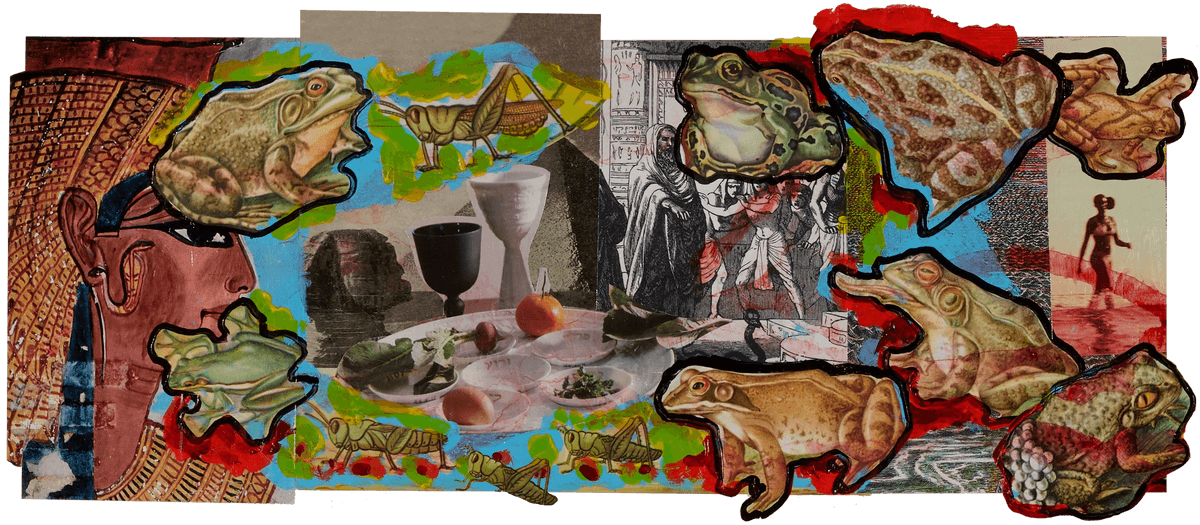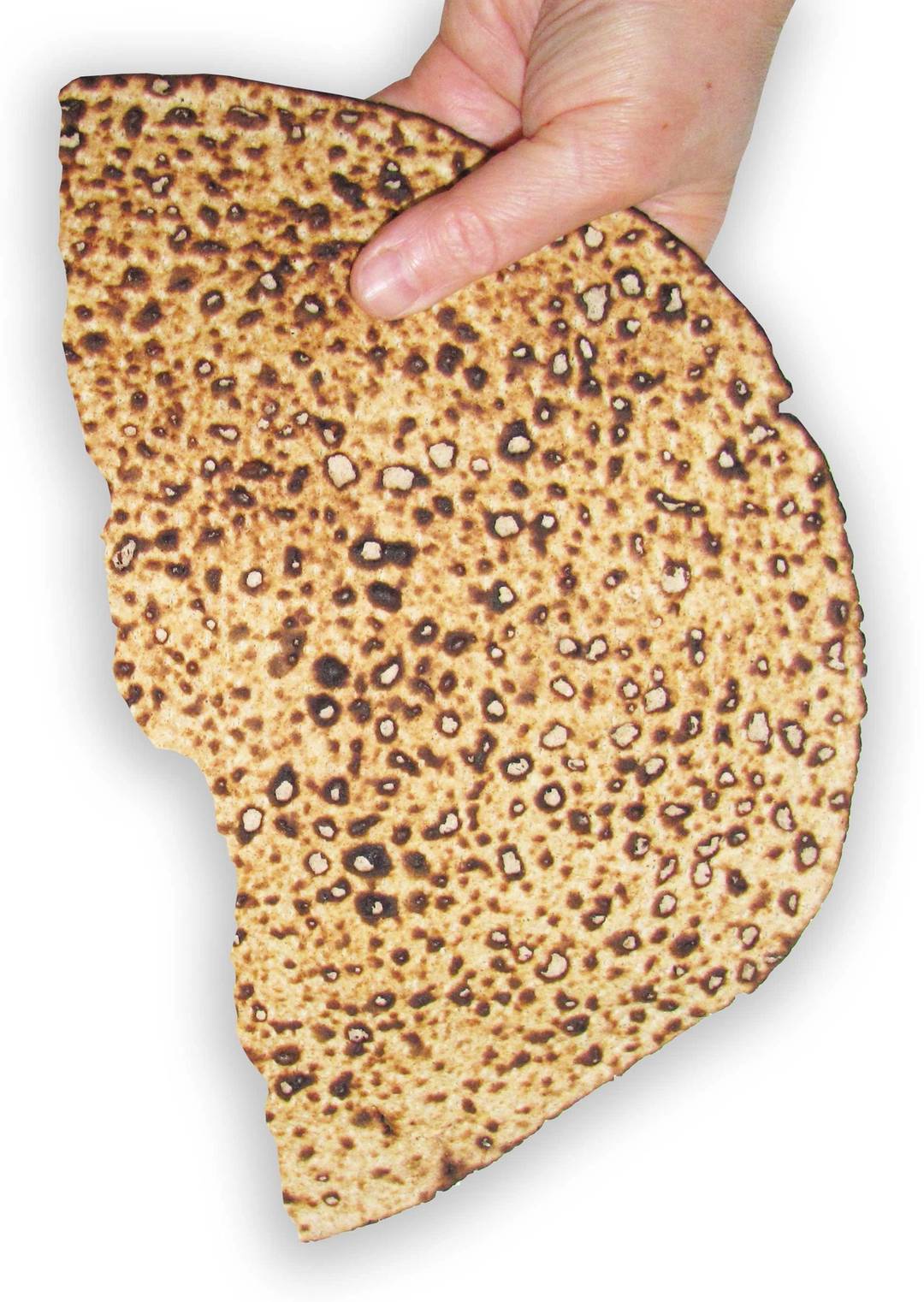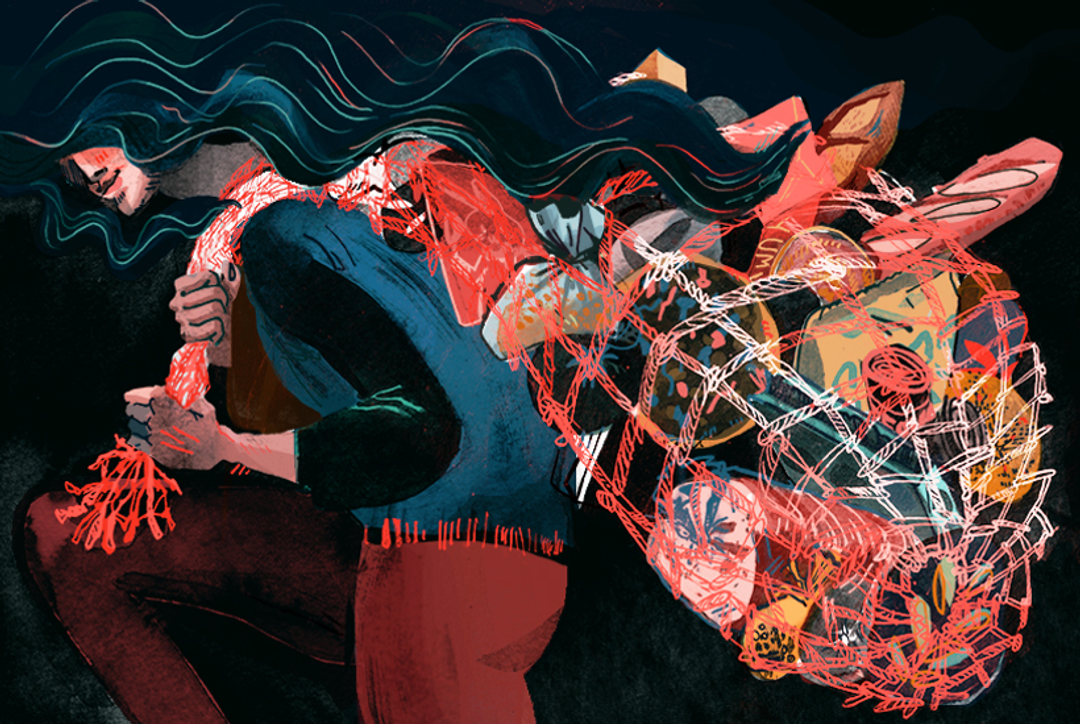Passover


What is Passover? Passover marks the liberation of the Children of Israel, who were slaves in ancient Egypt, and recounts the story of their exodus to the Promised Land. Key things to remember: Moses, Ten Plagues, matzo, the parting of the Red Sea.
When is Passover? Passover 2024 begins at sundown on Monday, April 22—the night of the first Seder—and lasts eight days, ending at sundown on Tuesday, April 30.
What’s it all about? The first mention of the holiday that kicks off with a Seder appears in the book of Leviticus, where it is referred to as the Feast of Unleavened Bread, owing to the fact that when the ancient Israelites left Egypt they hadn’t enough time to let their dough rise before fleeing. Indeed, the holiday commemorates and celebrates the flight of the Israelites, led by Moses, from Pharoah’s tyranny to freedom. Its Hebrew name is Pesach, which comes from the word pasach, commonly translated as “passed over”—a reference to the Exodus passage that tells of God passing over the blood-marked door of Jewish homes while he undertook to kill the first born sons of the Egyptians. Some scholars, however, suggest that a more accurate translation of the passage is that God “hovered over” the homes in question, signifying the Lord’s eternal protection of his chosen people.
With Shavuot and Sukkot, Passover is also one of the three harvest festivals in which the Jews of Ancient Israel historically trekked to the Temple in Jerusalem to offer their sacrifices and first fruits. Since the Temple’s destruction in 70 CE, we are no longer obliged to make the journey, but we still honor its memory by including a recitation of the Hallel prayer during the seder.
In the Diaspora, Passover is observed for eight days with two Seders, while in Israel it lasts for seven with a single Seder.
Any dos and don’ts? Passover’s two major observations have to do with chametz, or unleavened bread, and the celebration of a seder.
The avoidance of chametz, referring to all grain products that have either already been fermented (bread, cake, some alcoholic beverages) or can cause fermentation (yeast), is at the heart of numerous rituals. Weeks before Passover, Jews embark on a serious spring cleaning. Although the halacha states no obligation to rid the home of any bit of chametz smaller than an olive, it is customary to clean out every nook, and tradition calls for a candlelight search of the premises on the morning of the first seder, a ritual called bidekat chametz, using a feather to inspect and sweep out even the hardest-to-reach corners. But tradition won’t have us looking in vain (that would be a bracha le’batala, a blessing for naught), so the head of the family must hide 10 small packets of chametz in different rooms; once they’re found, they are burned, a proceeding known as biyur chametz, and the house is considered kosher for Passover. Alternatively, chametz can be symbolically sold to a non-Jewish neighbor for the duration of the holiday, either by an individual or by a rabbi acting on behalf of an entire community.
The seder, which means order, is rich in meaning and in its aspiration for a rebuilt Temple in Jerusalem. Through Torah readings, midrashim, songs, and discussion, seder participants relive, as commanded, the events of Exodus.
The seder is also a culinary celebration with foods symbolizing elements of the Israelites’ story. It originally revolved around the Paschal lamb, which was delivered to the Temple, sacrificed, roasted whole, and eaten. In the absence of a Temple, Jews are prohibited from animal sacrifice, removing from the seder its most prominent offering—though it endures on the seder plate symbolically in the form of a shank bone. There are plenty of other meaningful dishes: maror, bitter herbs, which symbolize the hardship of slavery in Egypt; the karpas, a root vegetable dipped in salt water to symbolize spring and the Israelites’ tears; charoset, a sweet paste made of fruits and nuts symbolizing the mortar with which our ancestors built the houses of Egypt; and, of course, the matzo. In addition to the fact that it hearkens to the haste with which the Israelites fled their oppressors—so fast they didn’t have time to wait for their bread to rise—it also is known as lechem oni, the bread of affliction, a reminder of humility.
Food aside, the seder’s other greatest hits include the recitation of the Four Questions, asked by children to encourage a discussion of the meal’s symbolism, and the search for the afikoman, a hidden piece of matzo which children look for after the meal and the consumption of which marks the end of the eating portion of the seder. Children often trade in their afikoman findings for a prize from their parents.
The haggadah, which tells the story of the Exodus, is the holiday’s key text. According to tradition, the haggadah was compiled sometime between 200 and 500 CE. The oldest complete manuscript is included in a prayer book compiled by Saadia Gaon in the 10th century, and the oldest printed version dates back to 1486, commissioned by Italy’s Soncino family. While most of the haggadah’s texts have remained unchanged since they were originally compiled, some—like the Aramaic Chad Gadya, for example—are later additions and are said to be drinking songs, with their repetitive refrains and crescendoes. Also, as the haggadah is, at its core, a compilation, many communities or families add their own traditions, rituals, and texts to the original, often pertaining to social or political issues such as women’s rights or the plight of African refugees.
Order Tablet’s Passover Haggadah here.




